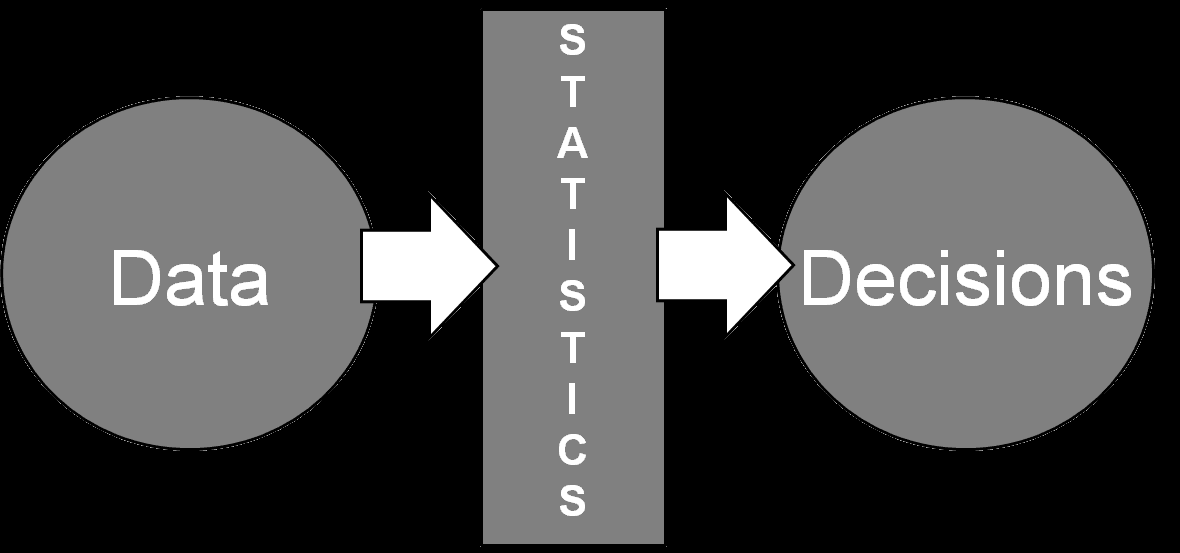Intro to Machine Learning
DesertPy
24 September 2014
Sarah Braden
Overview
What is Machine Learning?
Python and Machine Learning
Examples
What is Machine Learning?

Why do you use Machine Learning?
To make predictions and decisions

When do you use it?
When the going gets tough
Who uses it?
- Spam filters / Fraud detection
- Sentiment Analysis
- Computer Vision
- Speech and Handwriting Recognition
What do you need?
- A Problem!
- Data
- Features
- Labels (for supervised learning)
- Programming Skillz
- Patience / Stubborness / Math
Are there different kinds of Machine Learning?
- Supervised Learning
- Data has both features and labels
- Classification (label is a class)
- Regression (label is a continuous value)
- Unsupervised Learning
- Data only has features
- Clustering
- Use clustering and then classification together!
- Feature Engineering
- Many other things
I'm still interested. Tell me more...
Python and Machine Learning
Fire up scikit-learn!

scikit-learn dependencies
- Python (>= 2.6 or >= 3.3)
- NumPy (>= 1.6.1)
- SciPy (>= 0.9)
pip install numpy scipy scikit-learn

Why is scikit-learn awesome?
- Out-of-the-box Models
- Model Selection (important!)
- Data Preprocessing
More than just scikit-learn
- PyMC (Bayesian modeling)
- Shogun (Support Vector Machines)
- Theano (Deep Learning)
Example of a Spam Filter using Naive Bayes
Dataset * Text files of emails from Machine Learning in Action published by Manning * unzip email.zip * Small dataset of ham and spam
Data Preprocessing
Making word vectors before we use Naive Bayes to classify the word vectors
In [21]:
import re
import numpy as np
from glob import glob
# Use regular expressions to split up the sentence on anything that isn't a word or a number
regEx = re.compile('\\W*')
email_text = open('email/ham/1.txt').read()
# words sorta equal tokens
list_of_tokens = regEx.split(email_text)
list_of_tokens
Out[21]:
['Hi', 'Peter', 'With', 'Jose', 'out', 'of', 'town', 'do', 'you', 'want', 'to', 'meet', 'once', 'in', 'a', 'while', 'to', 'keep', 'things', 'going', 'and', 'do', 'some', 'interesting', 'stuff', 'Let', 'me', 'know', 'Eugene']
In [55]:
email_text = open('email/spam/1.txt').read()
# words sorta equal tokens
list_of_tokens = regEx.split(email_text)
list_of_tokens
Out[55]:
['', 'Codeine', '15mg', '30', 'for', '203', '70', 'VISA', 'Only', 'Codeine', 'Methylmorphine', 'is', 'a', 'narcotic', 'opioid', 'pain', 'reliever', 'We', 'have', '15mg', '30mg', 'pills', '30', '15mg', 'for', '203', '70', '60', '15mg', 'for', '385', '80', '90', '15mg', 'for', '562', '50', 'VISA', 'Only', '']
In [22]:
def parse_text(email_filename):
"""converts all tokens to lowercase and removes tokens < 2 characters long
"""
email_text = open(email_filename).read()
tokens = re.split('\\W*', email_text)
return [token.lower() for token in tokens if len(token) > 2]
def get_all_text(email_type):
files = glob('email/' + email_type + '/*.txt')
return [parse_text(file) for file in files]
In [54]:
def create_vocab_list(data_set):
vocab_set = set([]) #create empty set
for document in data_set:
vocab_set = vocab_set | set(document) #union of the two sets
return list(vocab_set)
def bag_of_words(vocab_list, input_words):
returnVec = [0]*len(vocab_list)
for word in input_words:
if word in vocab_list:
returnVec[vocab_list.index(word)] += 1
return returnVec
In [24]:
email_types = ['ham', 'spam']
ham = get_all_text('ham')
spam = get_all_text('spam')
all_documents = ham + spam
all_labels = ['ham'] * 25 + ['spam'] * 25
vocab_list = create_vocab_list(all_documents) #create vocabulary
# Convert the documents into word vectors
features = [bag_of_words(vocab_list, document) for document in all_documents]
print np.array(features).shape
print np.array(all_labels).shape
(50, 692) (50,)
We have features and labels!
In [29]:
# Cross validation
from sklearn import cross_validation
X_train, X_test, y_train, y_test = cross_validation.train_test_split(
np.array(features), np.array(all_labels), test_size=0.3, random_state=0)
In [30]:
print "Training set:", X_train.shape, y_train.shape
print "Test set:", X_test.shape, y_test.shape
Training set: (35, 692) (35,) Test set: (15, 692) (15,)
In [31]:
import numpy as np
from sklearn.naive_bayes import GaussianNB
classifier = GaussianNB()
classifier.fit(X_train, y_train)
y_pred = classifier.predict(X_test)
print "Number of mislabeled points : %d" % (y_test != y_pred).sum()
print "Score:", classifier.score(X_test, y_test)
Number of mislabeled points : 1 Score: 0.933333333333
In [32]:
from sklearn.metrics import classification_report
print(classification_report(y_test, y_pred))
precision recall f1-score support
ham 0.86 1.00 0.92 6
spam 1.00 0.89 0.94 9
avg / total 0.94 0.93 0.93 15
Example of Unsupervised Learning using K-means Clustering
Iris Flower Data Set - The data set consists of 50 samples from each of three species of Iris - Iris setosa - Iris virginica - Iris versicolor - Four features were measured from each sample: - the length of the sepals - the width of the sepals - the length of the petals - the width of the petals

In [53]:
import matplotlib.pyplot as plt
%matplotlib inline
iris = datasets.load_iris()
X = iris.data[:, :2] # we only take the first two features.
Y = iris.target
# Plot the points
plt.scatter(X[:, 0], X[:, 1], c=Y, cmap=plt.cm.Paired)
plt.xlabel('Sepal length')
plt.ylabel('Sepal width')
Out[53]:
<matplotlib.text.Text at 0x113578e50>
In [49]:
from sklearn import cluster, datasets
iris = datasets.load_iris()
X_iris = iris.data # features
y_iris = iris.target # labels
In [50]:
k_means = cluster.KMeans(n_clusters=3)
k_means.fit(X_iris)
# does the kmeans clustering predict reality?
# only predicts species # 2
print(k_means.labels_[::10])
print(y_iris[::10])
[1 1 1 1 1 0 0 0 0 0 2 2 2 2 2] [0 0 0 0 0 1 1 1 1 1 2 2 2 2 2]